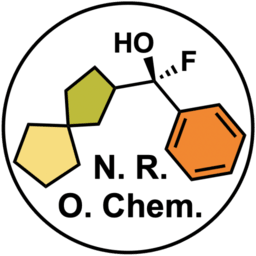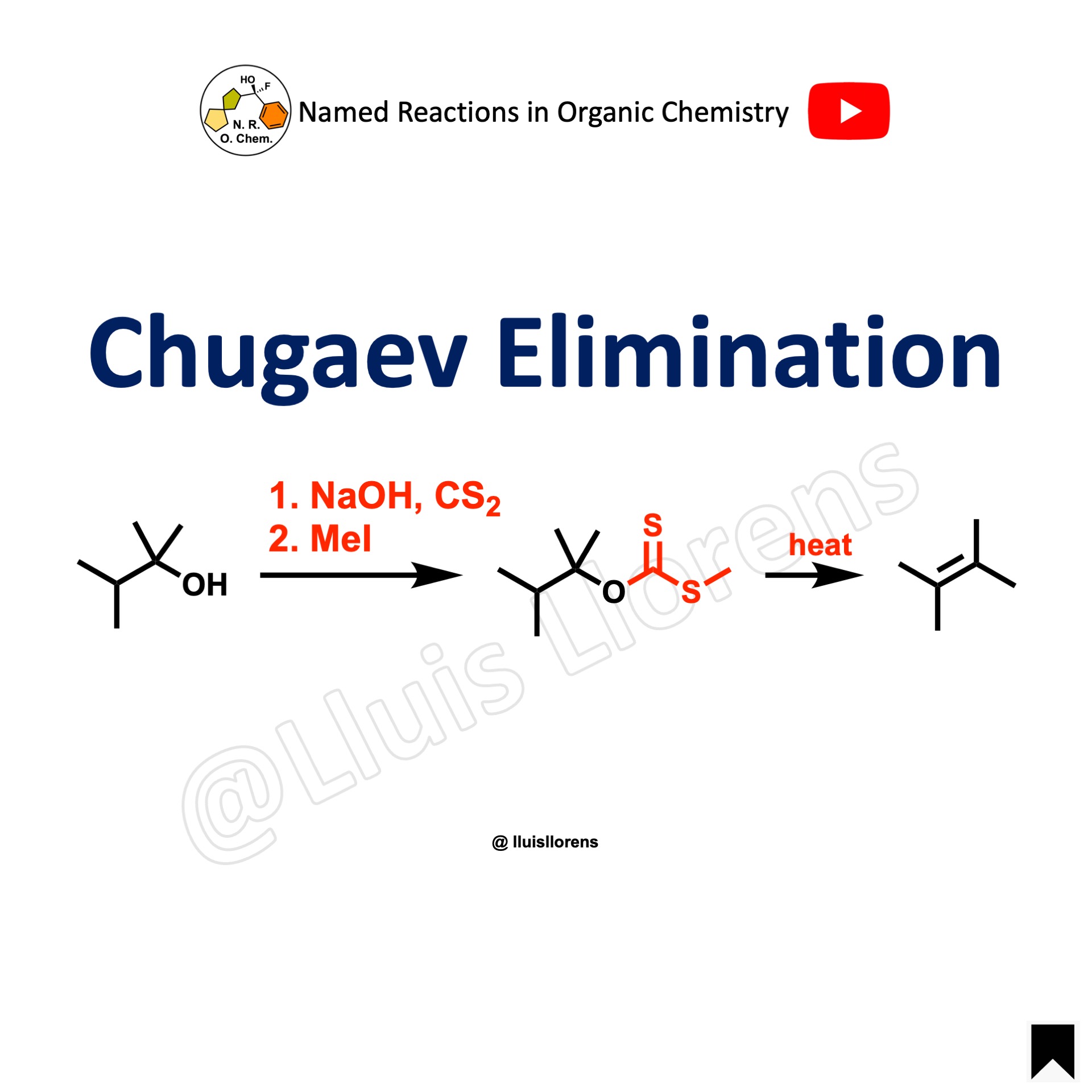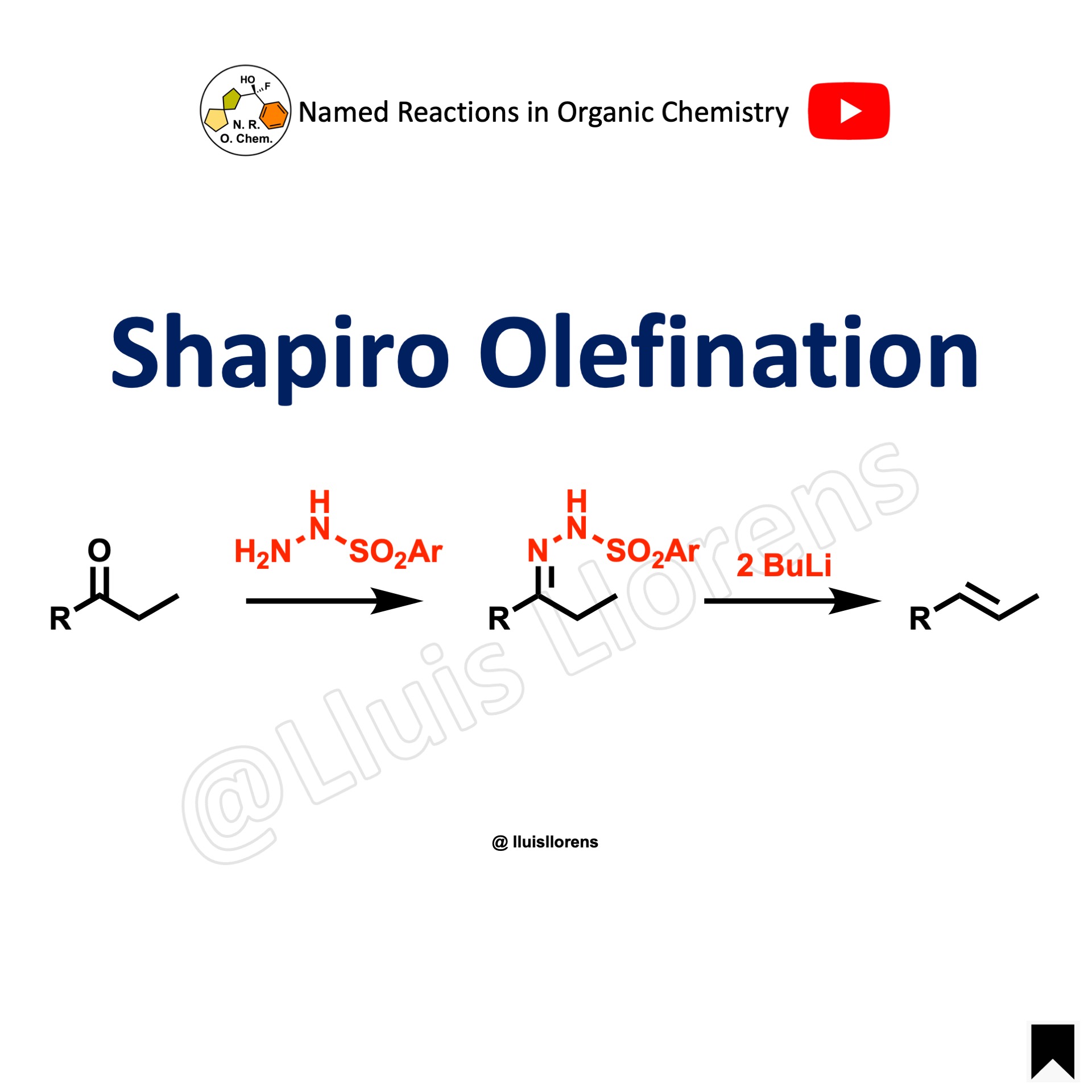
The Cope elimination reaction involves the stereoselective syn elimination of tertiary amine oxides, which are typically prepared by the oxidation of tertiary amines with a peroxide.
- The Cope elimination promotes the intramolecular elimination of an alkyl N-oxide to yield an alkene and a hydroxylamine.
- Amine oxides are easily prepared by the oxidation of the tertiary amine with a peroxide. Common peroxides include hydrogen peroxide and peroxycarboxylic acids such as m-CPBA.
- The Cope elimination is a one-pot reaction. Isolation of the tertiary amine oxide is not required. The amine is mixed with the oxidizing agent and heated.
- Typically, a tertiary amine is oxidized to yield a zwitterionic N-oxide, which can then abstract a β proton upon heating at 120–150 °C with solvents typically employed for high-temperature reactions, such as DMF and DMSO.
- The reaction is extraordinarily sensitive to solvent effects; million-fold rate increases can be obtained in going from protic to aprotic solvents. Even among aprotic solvents increasing polarity significantly reduces the reaction rate.
- N-oxides can undergo spontaneous Cope elimination at room temperature in polar aprotic solvents (see example 1).
Reaction mechanism of Cope elimination

The Cope elimination reaction is concerted and proceeds via a planar five-membered transition state involving the syn hydrogen.
The mechanism features a syn periplanar elimination.
The Cope elimination involves the thermal decomposition of an amine oxide by a five-membered cyclic transition state. J. Org. Chem. 1973, 38, 1742.
For more details, see J. Am. Chem. Soc. 2006, 128, 6141.
Examples and experimental procedures of Cope elimination
Example 1: Angew. Chem. Int. Ed. 2018, 57, 1991.

To a round-bottom flask equipped with a magnetic stir bar, the racemic amine (0.32 mmol, 1.0 equiv) and DCM (3.10 mL) were added. The solution was cooled in a dry ice/acetone bath and stirred at this temperature for 10 min before the addition of m-CPBA (1.0 equiv) as a solution in DCM. The m-CPBA solution was added dropwise to maintain a consistent temperature. Upon completion of the addition, basic alumina, Al2O3, (0.66 g per mmol), was added to the solution and stirred 20 seconds at this temperature before the solution quickly passed through a plug of basic alumina. Concentration and purification of the filtrate via flash column chromatography afforded the racemic alkene.
Videos about Cope elimination
Images of Cope elimination
Online database of named reactions
Browse named reactions in alphabetical order or by category in our online database of organic reactions.














